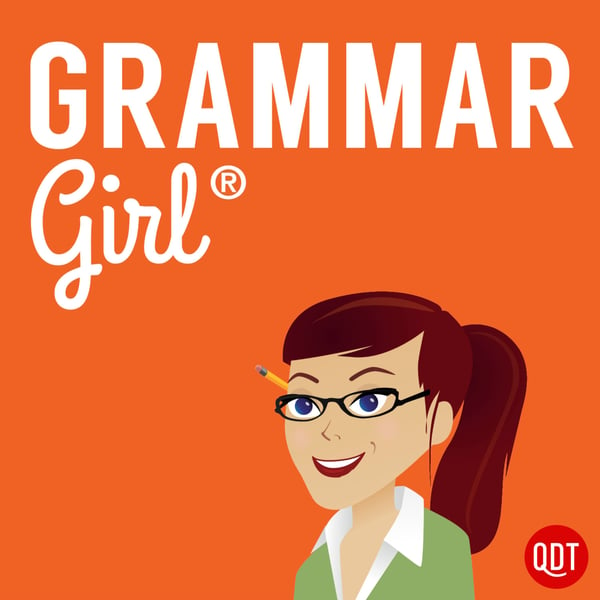773 - Postal Zones. Reenter. Bougie.
Grammar Girl Quick and Dirty Tips for Better Writing
Mignon Fogarty, Inc.
4.5 • 2.9K Ratings
🗓️ 28 May 2020
⏱️ 12 minutes
🧾️ Download transcript
Summary
Transcript
Click on a timestamp to play from that location
| 0:00.0 | [♪ OUTRO MUSIC PLAYING [♪ |
| 0:04.6 | Grammar girl here, I'm Minyeon Fogarty, your friendly guide to the English language. |
| 0:09.2 | We talk about writing, history, rules, and cool stuff. |
| 0:13.3 | Today, I have a little more cool history about zip codes. |
| 0:16.7 | We'll talk about hyphens with words such as re-enter, |
| 0:20.8 | and we'll talk about the word bougie. |
| 0:23.5 | [♪ OUTRO MUSIC PLAYING [♪ |
| 0:25.9 | Last week, we talked about how to write zip codes, |
| 0:28.8 | and I included some history, |
| 0:30.6 | mentioning that they were first introduced in the United States in 1963, |
| 0:35.2 | which is true. |
| 0:36.7 | But two people wrote in to tell me about earlier codes, |
| 0:40.6 | called postal zones, that were introduced in 1943. |
| 0:45.6 | Barbara Hughes from Vancouver, Washington gave this example from her childhood. |
| 0:50.2 | She wrote, quote, |
| 0:52.0 | Prior to zip codes, the postal zone for East Cleveland was 12, |
| 0:56.8 | and we wrote our address like this. |
| 0:59.2 | East Cleveland, 12, Ohio. |
| 1:02.7 | The neighboring town was Cleveland Heights, |
| 1:04.9 | and that address was Cleveland Heights, 21, Ohio. |
| 1:09.7 | I presumed that these evolved into zip codes. |
| 1:12.7 | Addresses were written as city, postal zone, state. |
... |
Please login to see the full transcript.
Disclaimer: The podcast and artwork embedded on this page are from Mignon Fogarty, Inc., and are the property of its owner and not affiliated with or endorsed by Tapesearch.
Generated transcripts are the property of Mignon Fogarty, Inc. and are distributed freely under the Fair Use doctrine. Transcripts generated by Tapesearch are not guaranteed to be accurate.
Copyright © Tapesearch 2025.

